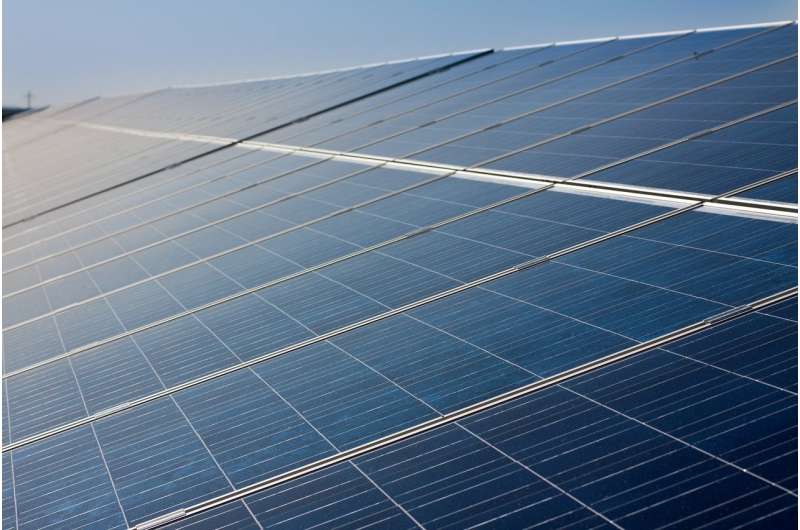
Perovskite solar cells (PSCs) are promising in the photovoltaic market due to their advantages of high performance, low cost and easy fabrication of large-scale flexible devices.
Tin dioxide (SnO2 ) is a commonly used electron transport material for n-i-p-type PSCs due to its high light transmittance and electron mobility, suitable energy levels, good stability under UV irradiation, and it can be processed at low temperatures. The buried interface of perovskite/SnO2 plays a crucial role in achieving high efficiency and stability. However, the non-exposed buried interface is challenging to study and manipulate.
Researchers led by Dr. JI Xiaofei from Shanghai Advanced Research Institute (SARI) of the Chinese Academy of Sciences, with collaborators from the Southern University of Science and Technology and the City University of Hong Kong, have reported a facile and effective strategy for precisely modulating the buried interface through incorporating formamidine oxalate (FOA) in a colloidal SnO2 -based electron-transporting layer. The results were published in Advanced Materials on July 17.
They found that both formamidinium (FA+) and oxalate ions showed longitudinal gradient distribution in the SnO2 layer, and mostly accumulated at the SnO2 /perovskite buried interface. The modified SnO2 exhibited higher Fermi level, which induces better energy level alignment between perovskite and SnO2 -FOA, and helps avoid carrier accumulation at the interface and improves open-circuit voltage.
Moreover, the FOA could modulate crystal growth of upper perovskite films, which enables high-quality perovskite films with minimized grain boundaries and superior interface contacts.
FA+ cations and oxalate anions could suppress oxygen vacancies and tin interstitial defects on the SnO2 surface and FA+/Pb2+ associated defects at the perovskite buried interface contemporaneously, which contribute to achieve target defect passivation. Ultimately, the FOA-modified buried interface increased the record power conversion efficiency to 25.05% with enhanced stability of corresponding devices under light, heat, and moisture conditions.